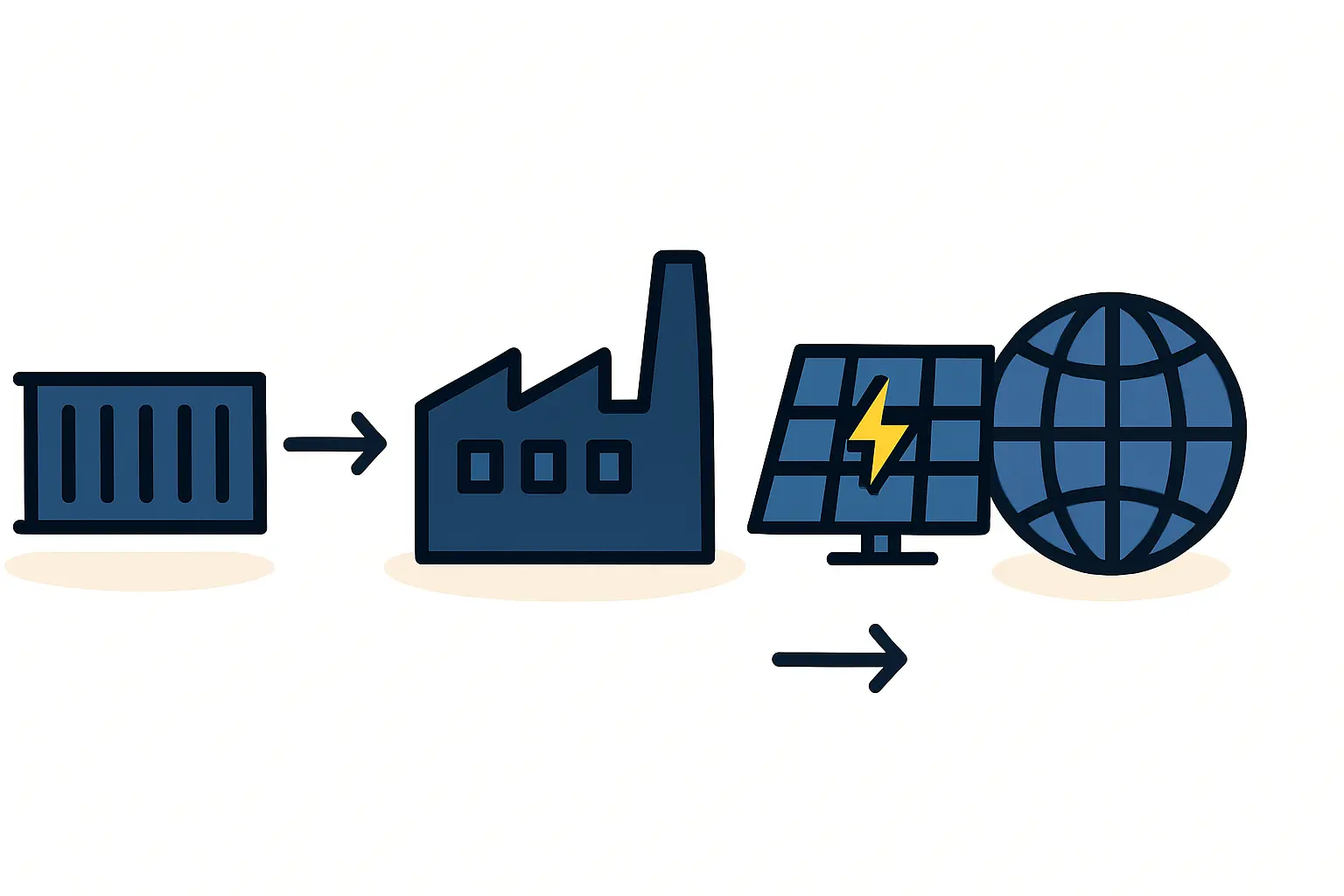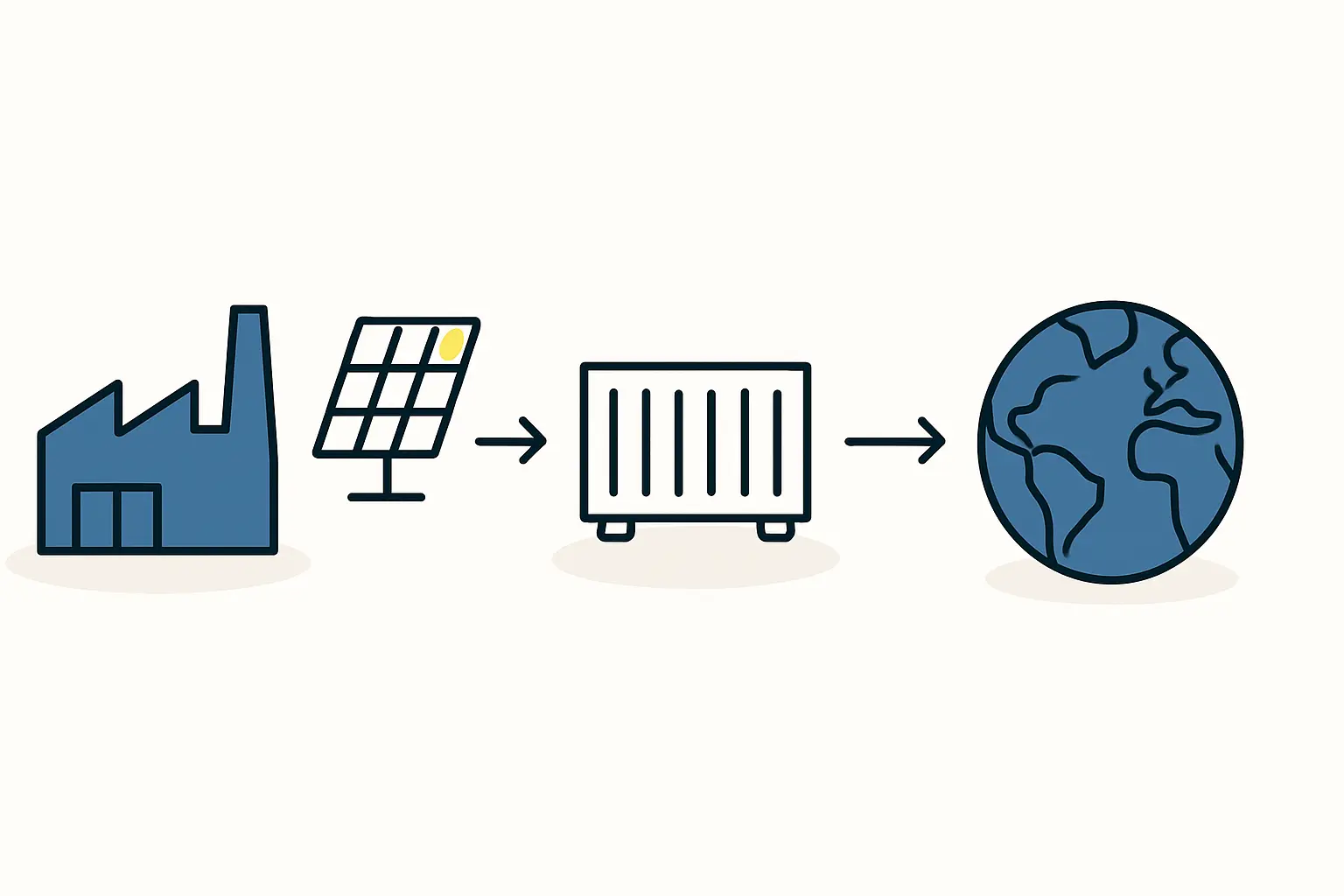Iran’s Renewable Energy Leap: A 500-Megawatt Hybrid Solar-Hydro Power Plant
Iran is making significant strides towards its renewable energy ambitions by inaugurating a 500-megawatt (MW) hybrid solar power plant. This cutting-edge project, situated at the Karkheh Dam in Khuzestan Province, aims to blend solar energy with hydropower, thereby curtailing reliance on fossil fuels and minimizing environmental damage.
Iran solar energy initiative: Hybrid Solar-Hydro Power Plant
Khuzestan Province, an area known for its blistering heat and recurrent droughts, is poised to host Iran’s first hybrid solar power plant at the Karkheh Dam. This 500-MW endeavor will seamlessly integrate solar power with the existing hydropower infrastructure of the dam, crafting a renewable energy system that optimizes efficiency and lessens ecological impact.
This project is a joint venture between the Khuzestan Regional Water Company (KRWC) and the Iran Renewable Energy Organization (SUNA). By merging solar energy with hydropower, the plant will ensure a dependable electricity supply even during dry spells that have historically diminished the dam’s hydropower production. This hybrid strategy also aims to slash fossil fuel consumption by up to 300 million cubic meters annually, significantly reducing greenhouse gas emissions.
Tackling Environmental Challenges through the Iran solar energy initiative
Since its inception in the 1990s, the Karkheh Dam has grappled with environmental hurdles, including diminished water flow, wetland loss, and negative repercussions for agriculture and fishing. The integration of the solar plant is designed to combat these challenges by diversifying the region’s energy sources and decreasing dependency on water for electricity generation.
Ready to make big Profits?
The solar Industry is Booming
WE HELP NEWCOMERS to the solar industry start their own solar module production line. Customers can make BIG PROFITS by selling modules and finding investors, without wasting money and time on things they don't need!
The solar installation is set to span approximately 1,000 hectares of the dam’s reservoir. Initial concerns regarding water quality impacts have been alleviated by employing floating solar panels, which will help curtail evaporation and stabilize water levels. Moreover, a portion of the solar panels will be mounted on dry land, further minimizing ecological disruption.
Economic and Environmental Gains from the Iran solar energy initiative
The hybrid solar power plant is anticipated to deliver substantial economic advantages. By reducing electricity imports and lowering fossil fuel subsidies, the project could save millions of dollars annually. Furthermore, the plant is expected to offset around 200,000 tons of CO2 emissions each year, aligning with Iran’s national climate objectives.
Beyond environmental perks, the project is forecasted to generate jobs in construction, operation, and maintenance, offering a vital economic boost to the region. The Iranian government has reiterated its commitment to renewable energy, targeting an increase in the share of renewables in the country’s energy mix from 7% to 20% by 2030.
Iran solar energy initiative as a Model for Future Renewable Projects
The Karkheh hybrid solar power plant is heralded as a prototype for future renewable energy initiatives in Iran. By fusing solar and hydroelectric power, the project illustrates a sustainable energy production model that could be replicated nationwide. This venture is part of a larger effort to diversify Iran’s energy sources, lower greenhouse gas emissions, and foster sustainable growth.
The triumph of the Karkheh project could galvanize the Iranian government and private investors to pursue similar hybrid projects at other dams and reservoirs, further propelling the country’s renewable energy aspirations.
For more insights on renewable energy projects around the globe, you can explore this article and this update.



